Injury Prevention Tips and Pain Treatments for Triathletes and Runners
The best tips for preventing injuries and treating pain for triathletes and runners who want to keep their bodies in great shape while they are preparing for or participating in events.
 Summary
Summary
Triathletes and serious runners represent a population of athletes who are truly dedicated to the sports that they love. These people aren’t just interested in casual fitness workouts or doing the bare minimum needed to stay in decent shape. Triathletes and runners enjoy competing with other people, but more importantly, they compete with themselves. These athletes battle themselves by taking their bodies to the limit to achieve the feeling of exhilaration and accomplishment that comes with completing a marathon or triathlon after weeks of training.
Because of their tremendous amount of dedication, it is important that triathletes and runners have a plan of action to help them prevent and treat injuries. The nature of triathlons and long-distance running events means there is always going to be some wear on the body, but with the right treatments, it is possible to minimize this wear and make sure that it doesn’t interfere with training activities. Here are some of the best tips for preventing injuries and treating pain for triathletes and runners who want to keep their bodies in great shape while they are preparing for or participating in events.
Injury Prevention for Triathletes and Runners
Because injury prevention measures can help you minimize the amount of pain treatment you need, preventing yourself from getting hurt should be the first
thing you consider when you prepare yourself for triathlons or marathons.
Before you do anything else for injury prevention, you first need to familiarize yourself with the proper techniques for the type of event you are participating in. Without the correct form, the other things you do to prevent yourself from getting injured while running or competing in a triathlon won’t matter much.
Proper Form for Runners
Irene Davis, Ph.D., P.T., director of the Running Injury Clinic at the University of Delaware, says that running form is as changeable as a golf swing, and that retraining running gait can dramatically reduce the frequency of injuries for runners.
What specifically can be done to improve running form? There are several things that runners should pay attention to so they can cut down on the frequency of injury treatments, including:
- Stride length:If you are taking excessively long strides in an attempt to improve your time or pass up your competitors, you are creating instability in your feet and legs that could lead to injury
- Lining up your knees: Make sure that your feet are not going forward too far past your knees, which will put excessive pressure on them. Instead, your feet should drop behind your knees, which will help you maintain balance and power
- Relaxing your upper body: While you shouldn’t be hunched over when running, it is important that you have good posture as well as a relaxed core. If you have too much tension throughout your body, you may strain or tweak one of your muscles
One of the best ways to ensure that your running form is good is to take a video of yourself running and watch it to identify and critique any potential issues or problems. You could also find a coach or experienced running friend to observe your stride and provide you the same type of input.
 Form Tips for Triathletes
Form Tips for Triathletes
While triathletes have to do a fair bit of running, they also have to cycle and swim, meaning they have more concerns about form than those who only run. During the cycling portion of triathlon events, triathletes need to be sure that they have a proper bike fit, keep their knees in while pedaling, and grip the aerobars in a relaxed manner. By doing this, triathletes will conserve energy and ensure that they are pedaling as efficiently as possible.
Swimming might be the portion of a triathlon that requires the most attention to form. If you aren’t using the right form, you can quickly wear yourself out, since water has much higher resistance than you will encounter when you are biking or running on land.
To make sure that you are using proper form while swimming, first take care to ensure that your body is as horizontal as possible; this will reduce drag so that you can move through the water more effectively. Triathletes also need to pay attention to their breathing. Triathlete Magazine states that holding your breath is not an effective tactic when you are swimming; instead, you should steadily exhale from your mouth and nose while in the water, and try to inhale on every third stroke, which allows you to alternate which side you breathe on to help you improve your technique.
Other Injury Prevention Strategies for Triathletes and Runners
Although form is probably one of the most important ways to make sure you don’t get hurt while participating in a triathlon or running event, there are a few other things you can do to help reduce the likelihood that you will be injured while you are competing.
First, ensure that you have the proper gear. For runners, this means choosing shoes that fit your feet properly and will not cause irritation or foot pain after a long time spent running. Triathletes will want to pick the right bicycle to use for their event; picking a bike that is too small or too big will lead to some inefficiencies in cycling, which could cause an injury. For swimmers, gear is less important than form and body motion, but it’s still important that you have the right sized wetsuit or trisuit and goggles that will allow you to maneuver as effectively as possible.
One of the best treatments for triathletes and runners who are looking to prevent themselves from getting injured doesn’t have much to do with the act of running or cycling, because it involves recovery. By eating the right foods, getting enough rest between workouts, and using sophisticated tools for recovery, you can make sure that your body is better prepared to handle the challenges of distance running and triathlons.
Injury Treatments for Triathletes and Runners
Despite your best efforts, there will come a time when injuries are unavoidable. It could be the result of an accident, such as a mishap on the course or inclement weather conditions that cause you to slip and fall. Sometimes, the sustained wear and tear of putting your body through an event, and the training sessions that lead up to them can slowly build up until it leads to injury.
Whatever the cause of your injury may be, it is critical that you treat it seriously. If you fail to properly treat your injuries, not only will it negatively impact your performance, it could also make the injury worse, sidelining you from the activities that you love for a very long time.
To prevent this from happening, make sure that you are aware of all of the latest injury treatments for triathletes and runners so that you can use one that works best for your particular needs. There are a few different types of injury treatments that work best, depending on what kind of athlete you are and what sort of injury you have sustained.
 Treating Common Injuries for Runners
Treating Common Injuries for Runners
Running uses many different systems in the body, from the core muscles of the abdomen all the way down to the legs and feet. Because of this, there are many different injuries that runners can sustain, depending on the composition of their body and the way that they run.
One of the more common ailments that runners complain about is shin splints. Although the name of this bothersome condition might make you think that it relates to your bones, the reality is that shin splints can be caused by a number of different things, including weakness in the stabilizing muscles of your core or hips. To treat shin splints, it’s important that you understand what the root cause is and then come up with a treatment plan based on that cause. For example, if you have shin splints because your stabilizing muscles are weak, you may want to look at some types of massage therapy that can help you improve blood flow to these muscles so that they can get stronger.
Another type of injury that runners face quite frequently is runner’s knee. Runner’s knee is an issue that comes about because of irritated cartilage in the kneecap. According to Dr. Leon Popovitz, founder of New York Bone & Joint Specialists, one of the best things you can do for runner’s knee is to stretch out your hamstring or do leg lifts while you are at home. Runner’s knee is one of those ailments that tends to get worse as people ramp up the amount of miles they run, so it’s possible that you might not realize it’s an issue until you start training heavily for your event.
Treating Injuries from Cycling and Swimming
While cycling and swimming aren’t as high-impact as running, it’s still possible to injure yourself during these activities. Cycling, in particular, can cause some serious injuries if you are thrown from your bicycle or hit another object at high speeds.
Cyclists frequently deal with lower back pain. This is particularly troublesome for cyclists because they are usually leaning slightly forward on their bicycle, which can strain the muscles and tendons of the lower back. To deal with this issue, one of the best things to work on is strengthening your core. If your abdomen, hip, and upper leg muscles are stronger, it will help you better stabilize the lower part of your spinal column while you are cycling and will minimize pain. Another great way to treat lower back pain is with light cardio activity, which will help you promote blood flow throughout your back and other parts of the body.
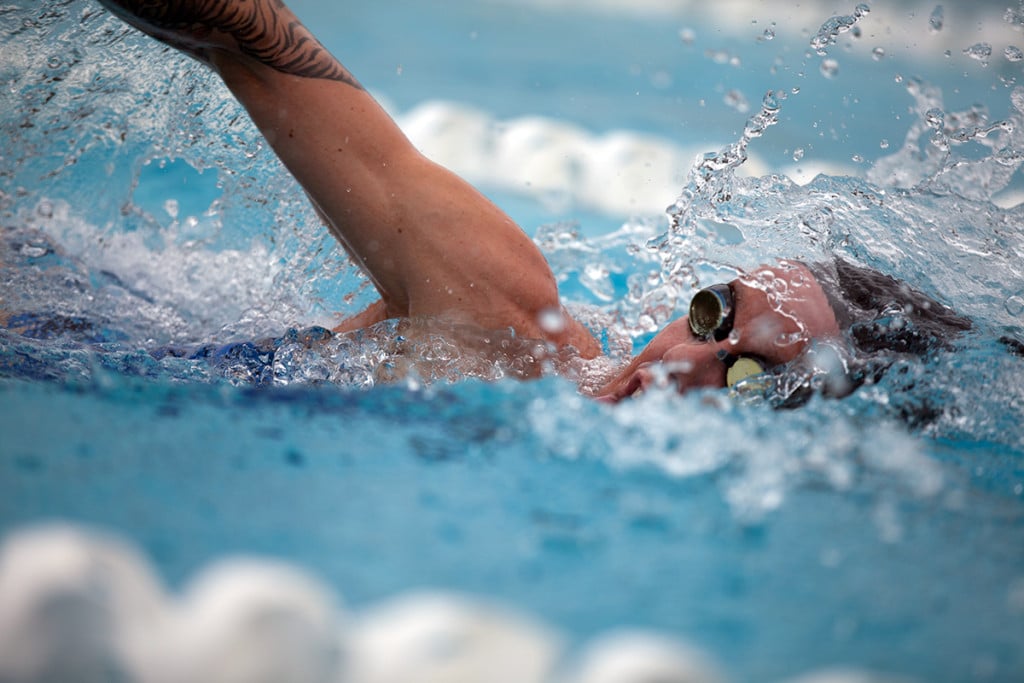
A rotator cuff injury is one of the most common types of injuries for a swimmer. A rotator cuff injury can be treated by paying close attention to your mechanics and by taking some time to do cardio on land that involves other parts of your body, so that you can promote blood flow and help your shoulder heal more quickly.
One area where swimmers are uniquely vulnerable to injury is the neck. This is especially problematic for new swimmers, who aren’t used to the way that they need to raise their neck out of water and turn it to take a breath. To treat neck soreness or tenderness, make sure you take some time off and give yourself a gentle massage to promote blood flow whenever possible. Also be sure to stretch out both your neck and your shoulders, since these muscles are closely connected; if your neck gets tight, you might notice some tightness in your shoulders and upper back area as well.
Using the Right Injury Recovery Tools
Treatments for triathletes and runners are very important, but they need to be rendered with the right equipment. For example, if you are looking for a tool that
you can use to give yourself more efficient massage, you might consider a foam roller. This tool allows you to reach parts of your body in new ways, which can help you ease out the knots in your muscles that cause tension and soreness.
Also, remember that one of your biggest tools for recovering from injury is active recovery. Every time you workout, you are actually breaking down the body and making it weaker: the recovery phase is where your gains are really made. Some soreness and tiredness is always expected when you are training for an event that requires the kind of intensity that a triathlon or marathon does, but this doesn’t mean that you have to completely take a day off. A brisk walk, light swim, or ride on a stationary bicycle can all help with your active recovery efforts.
The Marc Pro: Perfect for Competitive Athletes
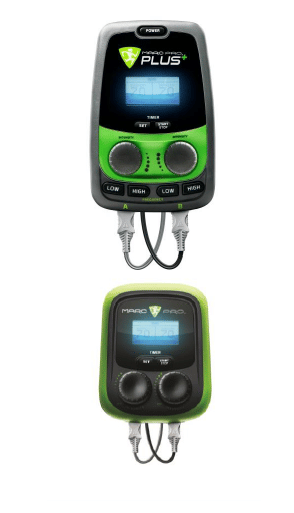
Marc Pro works by sending gentle electric signals into muscles that are sore or tired. These signals produce a natural-feeling muscle contraction which increases blood flow, allowing for more valuable nutrients to reach the area. This muscle contraction also
activates the lymphatic system to get rid of the waste that builds up in muscles after they are stressed. Bringing in the nourishment and getting rid of the waste is the basis for muscle recovery and repair. The new Marc Pro Plus is also great for pain relief. Using the high frequency setting provides effective and temporary pain relief for the back, neck, arms, and legs.
Participating in a triathlon, marathon, or distance running event is a serious commitment. Whether you are new to triathlons or distance running, or you’ve been a triathlete or runner for many years, protecting your body is critical if you want to perform at a high level and prevent yourself from sustaining injuries that might affect you for a long period of time. Different athletes will need to focus on different parts of their body throughout their events, depending on their physical build and medical history. By learning as much as you can about how to prevent yourself from getting hurt, as well as how to treat these injuries after they occur, you can safely enjoy the challenging and competitive nature of triathlons and running.
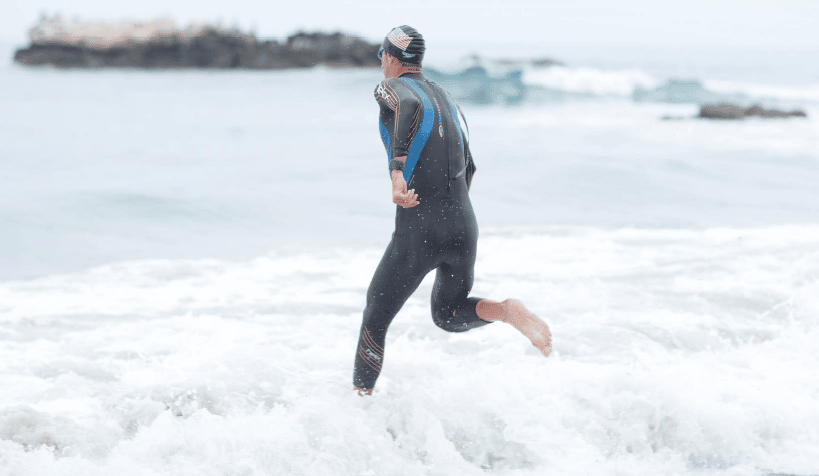 Summary
Summary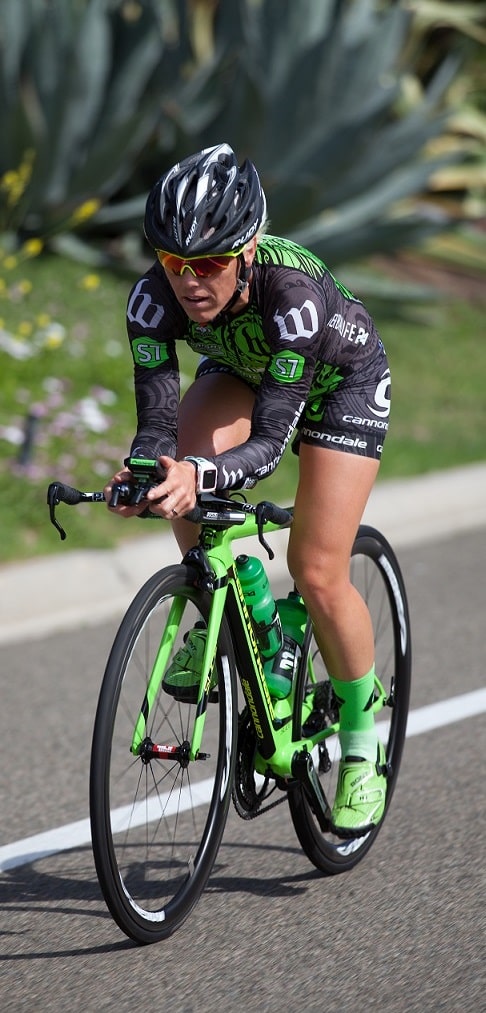 Form Tips for Triathletes
Form Tips for Triathletes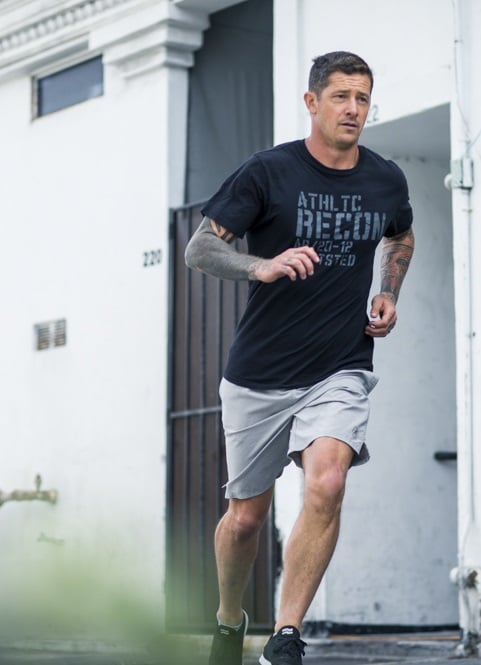 Treating Common Injuries for Runners
Treating Common Injuries for Runners